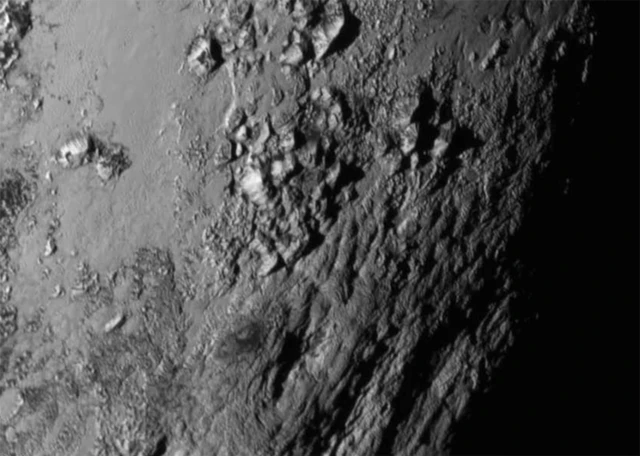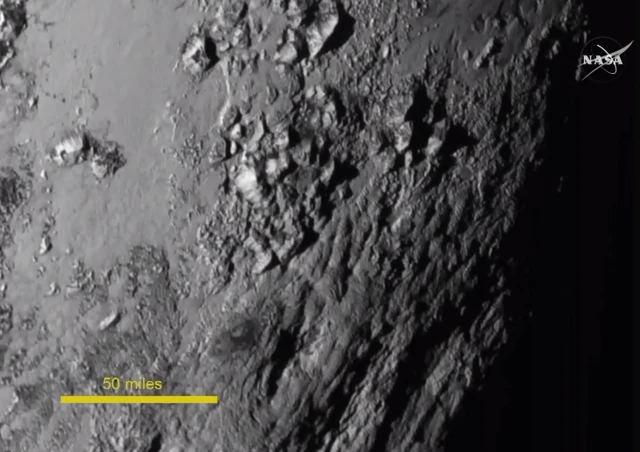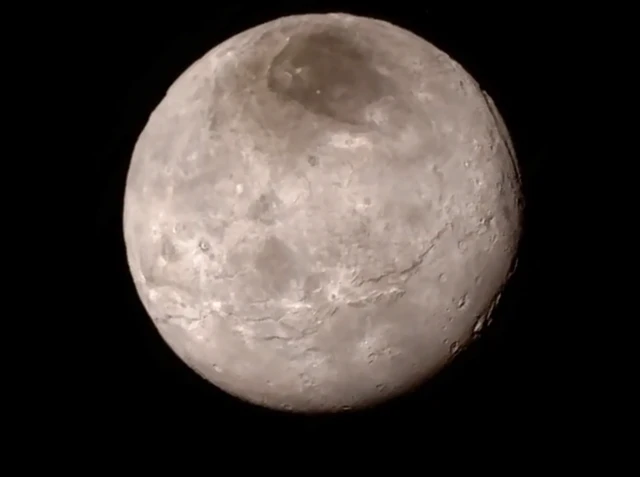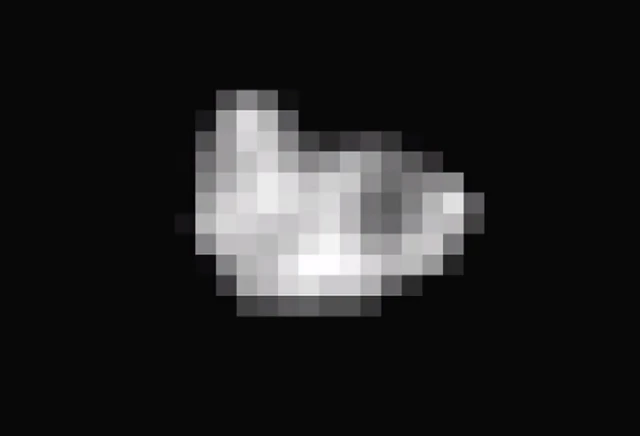Goodbyepublished at 21:58
We're now ending our live coverage of the Pluto flyby.
If you're in the UK, turn on the ten o'clock news on BBC One.
Everyone else - check the BBC News website over the coming days, weeks and months for more Pluto developments!
 Image source, NASA-JHUAPL-SwRI
Image source, NASA-JHUAPL-SwRIThanks for reading - and congratulations New Horizons.
After a frantic couple of days, the little probe is already 1,644,000km away, external from Pluto and not slowing down.
Bon voyage!
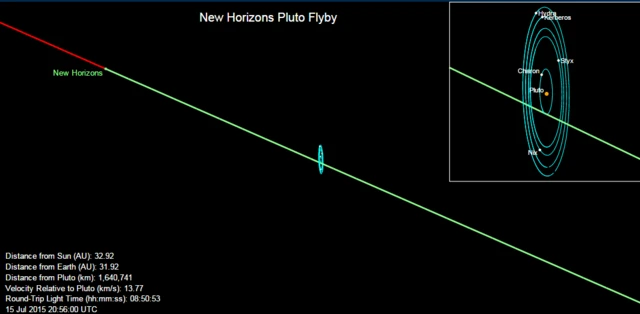 Image source, NASA/JHUAPL
Image source, NASA/JHUAPL
